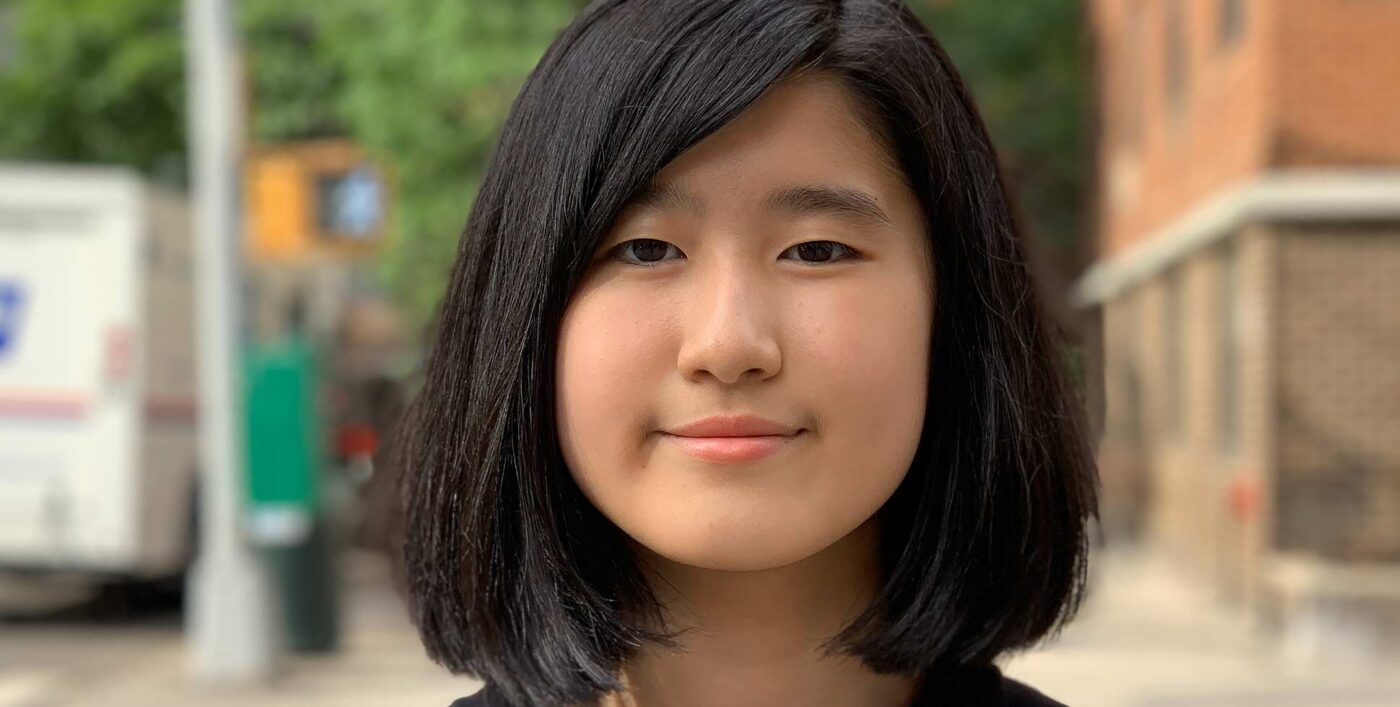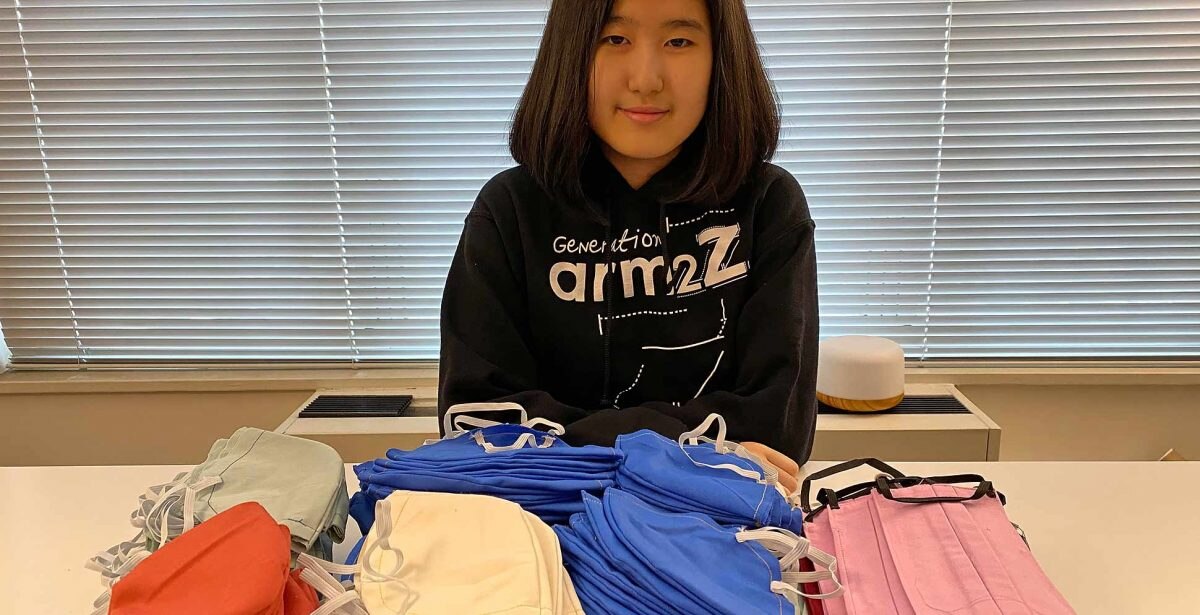How We Grow Through COVID-19: Emma Yang

COVID-19 has changed my routine in ways I couldn’t expect, and not all of them negatively. On a normal day, my classes start at 8:15am, but this school year I have a few days where I don’t have classes in the morning. On mornings when I don’t have to go to school early, I have meetings to check in with my mentor, and otherwise, I get to sleep in. Since we have 20 minutes of time to transition between classes and much longer for lunch, I have a chance to take a break from the screens and school.
Because my school schedule has become a lot more spaced out and my extracurriculars have been shuffled around, I’ve found new ways to spend time with friends in my free time. My friends and I have been setting up Netflix Parties and having virtual movie nights. I’ve found more time to read for pleasure – a friend and I just decided to read The Count of Monte Cristo, which both of us started but never got to finish. Normally, it’s much more difficult to spend time with each other because of commitments we have outside of school and schoolwork, but now that we have found ways to share time online, I hope we’ll be able to carry this over into the ways we connect after COVID-19.
Privilege is prevention
However, that I’ve been able to adapt to this pandemic reveals the privilege I have, and a greater divide in access to technology. I have access to a computer and an internet connection, so I haven’t had to put my education on pause. This isn’t the situation for so many students right now. Where I live, in New York City, one in every ten children in the city’s public school system are homeless. Ensuring that these students can have continued access to education in the event of a crisis like this is an incredibly important step in giving them equal opportunities. In these aspects, democratizing access to technology is something that we need to continue investing into and innovating in.
And COVID-19 is indirectly revealing further social inequities that exist in our society. I read an article the other day that discussed the idea of a “pandemic caste system” as more privileged members of society have been able to cope, whereas more underprivileged people have had to bear the brunt of the crisis, having to expose themselves as essential workers like delivery people or supermarket checkout people. The roots of these social issues are much deeper, but COVID-19 has accentuated them even more.
Sharing the load
Thankfully, many people are having the same realization about society, and are already coming up with ways to help. I’ve been inspired by the people and communities of New York. I’ve been seeing a lot of restaurants posting on social media about their efforts to help get food to healthcare workers in NYC hospitals, including Mimi Cheng’s and Pinch Chinese. They have been sharing photos of the meals they are packing and sending to hospitals and reposting photos of medical workers thanking them for their contributions. Many of these restaurants have also helped set up crowdfunding campaigns to support their meal delivery efforts and to compensate essential workers who have continued working during the pandemic.
People are also much more aware of grassroots efforts, and ways they can pitch in with creating tools and equipment that could help, not only the medical field, but anything that is easy to produce. Because of the increasing accessibility of 3D printers and similar tools, people are much more empowered to help in situations where materials are scarce. They’re grouping together to make PPE for medical workers with dwindling supplies. We’re learning how we could better prepare in the unfortunate event that something like this happens again and keeping this lesson in mind is something I think will likely be changing the global economic landscape.
How everyone can help

To most effectively take those lessons to heart, I think it’s important for the people and organizations participating in any kind of community service to maintain an online presence, sharing what they’re doing to help and adjust to these new experiences. For example, my Mom and I have pulled together some of our friends who are also at home to help cut fabric and sew together masks and mask covers which we are donating to local hospitals. We’ve recently come across designs for 3D-printed face shields, so we’re looking into the possibility using the 3D printers at my school.
It’s important that we bring out the diversity of experience as we shift to something that feels so bizarre and concerning and to show all the possibilities that still exist, whether that’s doing something to help someone or doing something meaningful for yourself. Exposing the general public to all the different experiences people have been having through this crisis is going to help to increase our general awareness of how we react to a crisis like this and how we can do our part in so many ways, from helping healthcare workers directly to making sure everyone gets the healthcare they need by keeping ourselves safe.
All statements and opinions contained herein are solely my own and do not represent the views or opinions of, nor contain any endorsement from, Arm or any of its affiliates, or their directors, officers, or employees.
Any re-use permitted for informational and non-commercial or personal use only.












